The typewriter, the card index, and the filing cabinet: these are technologies and modalities of the archive. To the bureaucrat, archives contain little more than garbage, paperwork no longer
needed; to the historian, on the other hand, the archive's content stands as a quasi-objective correlative of the "living" past. Twentieth-century art made use of the archive in a variety of
ways--from what Spieker calls Marcel Duchamp's "anemic archive" of readymades and El Lissitzky's Demonstration Rooms to the compilations of photographs made by such postwar artists as Susan
Hiller and Gerhard Richter. In The Big Archive, Sven Spieker investigates the archive--as both bureaucratic institution and index of evolving attitudes toward contingent time in science
and art--and finds it to be a crucible of twentieth-century modernism.
Dadaists, constructivists, and Surrealists favored discontinuous, nonlinear archives that resisted hermeneutic reading and ordered presentation. Spieker argues that the use of archives by such
contemporary artists as Hiller, Richter, Hans-Peter Feldmann, Walid Raad, and Boris Mikhailov responds to and continues this attack on the nineteenth-century archive and its objectification of
the historical process.
Spieker considers archivally driven art in relation to changing media technologies--the typewriter, the telephone, the telegraph, film. And he connects the archive to a particularly modern
visuality, showing that the avant-garde used the archive as something of a laboratory for experimental inquiries into the nature of vision and its relation to time. The Big Archive
offers us the first critical monograph on an overarching motif in twentieth-century art.
-
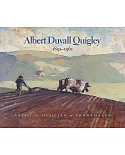
Albert Duvall Quigley: Artist, Musician, Framemaker, 1891-1961
$1,050 -
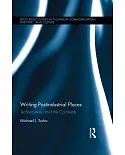
Writing Postindustrial Places: Technoculture Amid the Cornfields
$6,750 -
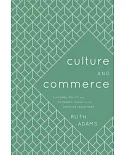
Culture and Commerce: Cultural Policy and Economic Value in the Creative Industries
$1,798 -
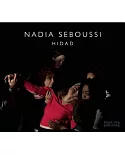
Nadia Seboussi: Hidad
$698 -

The Last Words of Antonin Artaud
$2,475 -
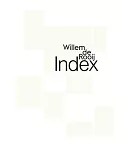
Willem De Rooij: Index
$1,798 -
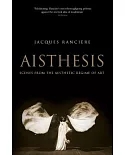
Aisthesis: Scenes from the Aesthetic Regime of Art
$698 -

Relational Art: A Guided Tour
$698 -

Sukhdev Sandhu
$350 -

Bento’s Sketchbook
$525 -
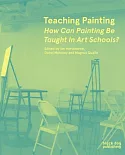
Teaching Painting: How Can Painting Be Taught in Art Schools?
$698 -
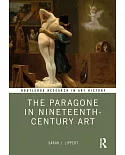
The Paragone in Nineteenth-century Art
$6,750 -
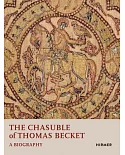
The Chasuble of Thomas Becket: A Biography
$5,400 -
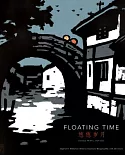
Floating Time: Chinese Prints 1954-2002
$1,225 -

The Art Lovers Quotation Book
$438 -

The Form of Meaning / the Meaning of Form: Studies in the History of Art from Late Antiquity to Jackson Pollock
$13,500 -
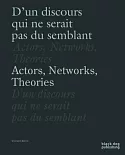
Actors, Networks, Theories / D’un Discours Qui Ne Serait Pas Du Semblant
$1,223 -
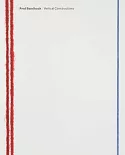
Fred Sandback: Vertical Constructions
$1,925 -
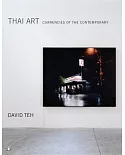
Thai Art: Currencies of the Contemporary
$1,153 -
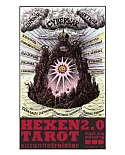
Hexen 2.0 Tarot
$1,048

